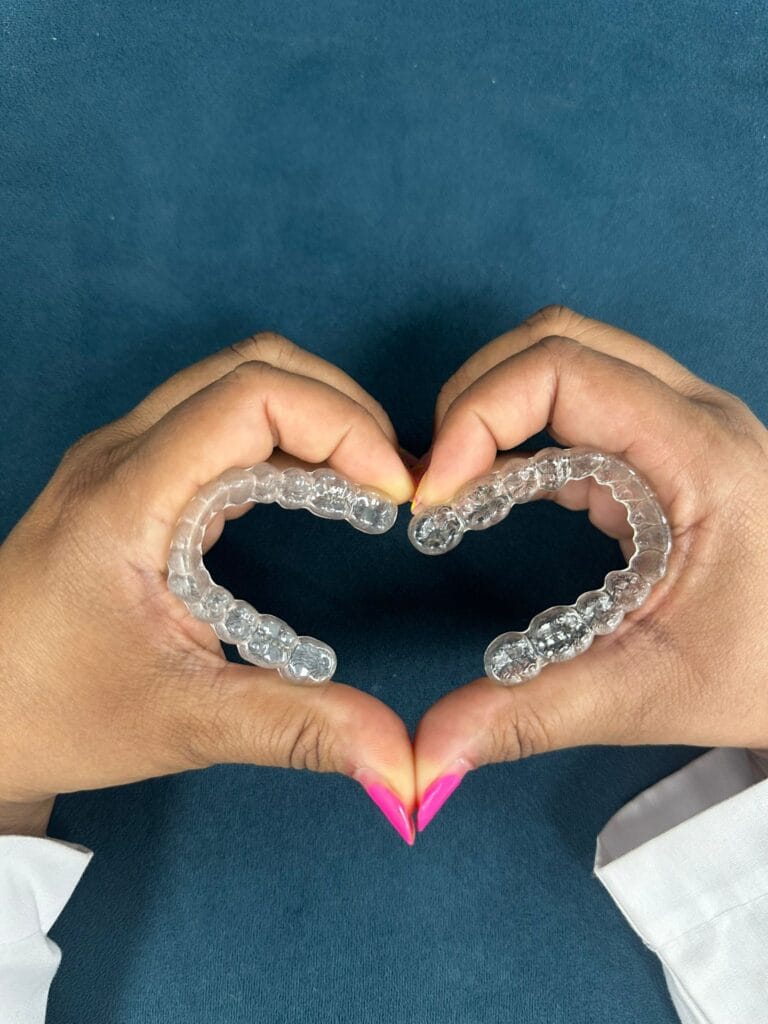People often ask ‘Is Invisalign better than braces?’ Well, both orthodontic treatment options are an effective way to align the misaligned teeth.
You might feel confused between clear aligners and traditional braces when it comes to selecting an option to fix your smile. We are going to help you get rid of the confusion and help you choose the perfect option to straighten your teeth and smile.
Invisalign and braces are two of the most popular orthodontic treatments available today. Both of them are effective in correcting misaligned teeth and improving the appearance of your smile.“So, which one is right for you?”
The answer to this question depends on different factors, Like the severity of your misalignment, budget, and lifestyle.
If your teeth are misaligned, it can lead to speaking problems, affect your bite, and lead to jaw pain which adversely affects your health.
When it comes to fixing misaligned teeth, you have options. But how do you know whether Invisalign or braces are best for you?
Invisalign vs Braces
- Invisalign uses smooth plastic to create aligners that won’t irritate your gums or cheeks. Braces, however, can be uncomfortable and require regular tightening.
- Invisalign aligners, use a series of clear, removable aligners to slowly shift your teeth into the desired position. Conventional braces use metal brackets and wires to move your teeth into place.
- Invisalign is usually more expensive than braces. However, it may be worth the extra expense if you want a discreet treatment option that won’t interfere with your lifestyle.
- Less mouth discomfort: With metal braces, the brackets can rub against the inside of your cheeks and lips, causing discomfort but With Invisalign, you will face only slight discomfort .
- You can take Invisalign out while you eat: With traditional braces, they are in all the time, which might make eating certain sticky foods difficult. With Invisalign, you can remove the aligners while you eat or drink.
- It makes brushing and flossing easier: You can brush and floss as you usually do because you remove the aligners during your regular oral care routine.




